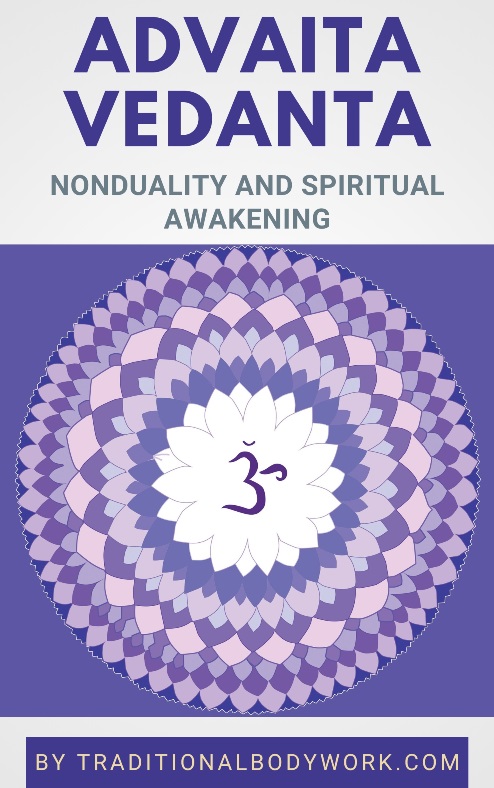
The term white noise has a technical meaning, but that’s not exactly what I’m talking about in this post. Nevertheless, the technical i.e. scientific description does help us to understand what white noise is, and the way we’re increasingly confronted with it or even deliberately use white noise in our daily life.

So, white noise is a signal with equal intensity at different frequencies giving it a constant power and experience. One of its characteristics is that it gives sound that (can) override(s) or mask annoying or distracting background noises. Disturbing background noises may be the neighbors who incessantly talk or yell, their loud television set or music equipment, the traffic or people passing by in your street, the hubbub of the shops near your home, the machines and co-workers at the office, etc.
Another characteristic of white noise — if (turned on) loud enough — is that it not only can mask other noises, but that it becomes itself a background noise. One that we don’t hear any longer, but still covers up the noises we don’t want to hear. Mind that there’s also a lot of white noise that is not particularly loud, such as the traffic on the highway fifty meters from your house, or the traditional clock in your home that unendingly ticks the seconds away. This type of white noise also tends to become a sound we don’t really hear any longer.
In fact, there are quite some people who use so-called white noise machines, that is, devices that produce sounds that override disturbing background noises. This type of white noise calms the senses and enables people to sleep better (or fall asleep) or, for instance, concentrate better at their workplace. The types of sounds these machines make differ widely, but think of the constant sound of a waterfall, a flowing creek, the sound of waves on a beach, wind blowing through trees, an air-conditioning system or ventilator, and so on.

Now, white noise — deliberately produced or non-deliberately present — basically becomes a kind of no-noise, that is, silence. Moreover, in the world we live in today, with more and more noise pollution in our immediate environment, we crave for silence and tranquility. The astonishing paradox is that one of the solutions we use is to create white noise. To be clear: we make noise to create silence.
The question is if white noise is harmful for us. Scientific research suggests it is not (when it’s not too loud), although research also suggests that complete silence is always better. My personal feeling is that sounds, whatever sound, and whether experienced as noise or not, influence us on an emotional level (which always translates to the physical plane) and sometimes also directly influence us on a physical level.
I think we need to be careful with the kinds of white noise we allow in our lives, and try to find out what the impact and risks are of certain types of white noise on our health and well-being. Additionally, I think that if we increasingly need white noise to live our lives “sanely,” there’s something wrong there, something that we need to change in our lives.
You see, let’s always remember that silence is the prerequisite for sound to be there and to be heard, and not the other way around.















